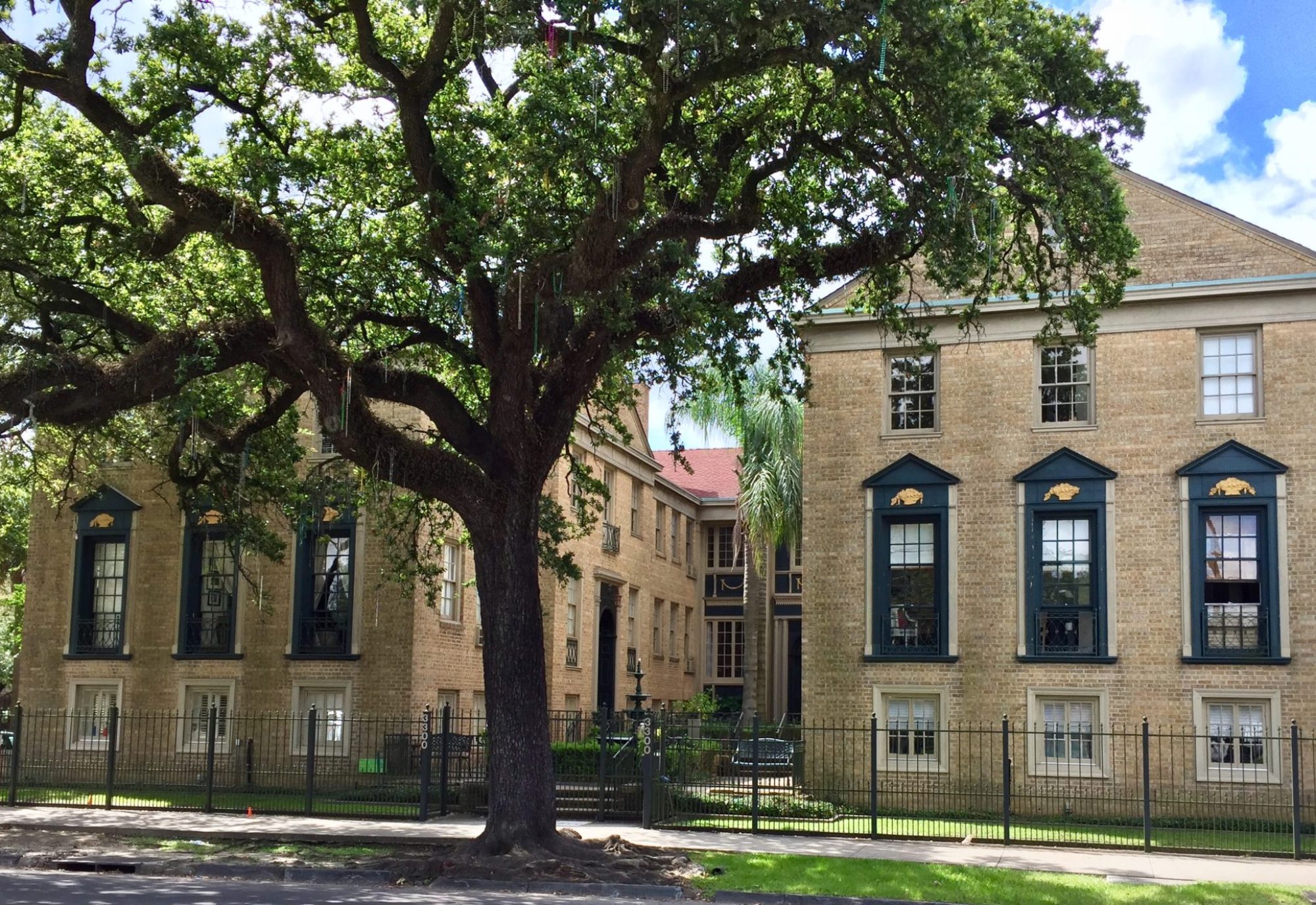In the following discussion, I’ll talk about the physical course of action of hybridization, and the following theories on the subject.
Although a lot of people today do not even know what a hybrid molecule is, they may be acquainted with other merchandise of such a course of action. This short article discusses two theories on how the course of action performs.
The initially theory is that hybridization occurs since in the enthalpy chemistry definition. Though it really is not in popular use, the enthalpy chemistry definition describes the physical state of a program at the moment it’s separated from its original supply. For example, the state of a standard molar solute before and immediately after being removed from a well is described by the equation:
If a molar solute is being split apart by an external agent, the solute’s state will alter to a single exactly where the entropy is increasing. The a lot more entropy, the higher the amount of power in the system. Consequently, when a molar solute is getting split apart, its entropy is rising, and therefore the state will transition from a higher state to a reduced state.
When the molar solute is separated and remelted, it can kind a brand new equilibrium state.  With a automobile battery as an instance, this might imply that a battery becomes a larger state. When it reaches a greater state, the battery is going to have an enhanced amount of energy stored. However, the amount of energy in the battery is not going to be substantial simply because there’s no longer enough power to charge the battery.
With a automobile battery as an instance, this might imply that a battery becomes a larger state. When it reaches a greater state, the battery is going to have an enhanced amount of energy stored. However, the amount of energy in the battery is not going to be substantial simply because there’s no longer enough power to charge the battery.
If the molar solute does not end up in a larger state, it can go into a balance state. There might be some power in the program, however the energy will be not sufficient to energy any chemical reactions inside the battery. In order to get a battery to charge, it has to be powered by a supply of energy. Nevertheless, with the polar solvent remaining within a reduced state, there is certainly no longer adequate power to energy any reaction.
Thus, when the molar solute enters a balance state, it’s going to lower in entropy and develop into a decrease state. Yet another characteristic of a reduced state is the fact that there will probably be less entropy inside the technique. Consequently, the technique are going to be less difficult to reverse the procedure.
The second theory, I’ll discuss is biphasic logic. Though it really is not common, biphasic logic will be the theory made use of in most textbook definitions of hybridization. Within this theory, a chemical course of action is said to be biphasic if it follows two guidelines.
The initially rule of biphasic logic states that a method is biphasic if you can find 1 price of adjust and two prices of modify inside the method. In organic chemistry, the rate of alter could be the change in bond energy. A chemical reaction will stick to this rule if it includes a set point and is getting followed by a second reaction within the same chemical reaction.
The second rule states that a chemical reaction are going to be biphasic if it follows a series of processes, every single course of action causing a outcome of a new reaction. There is certainly one particular procedure that causes a result. These two processes are known as series.
For example, if a series of reactions happens in a biphasic process, every single a single creating a set point, it’ll be thought of to be biphasic. Even so, a series of reactions will not trigger a set point if all the first reaction ends with a set point. As a result, a series will not be biphasic if all of the initially reaction ends using a set point.
The reaction that ends having a setpoint will probably be regarded to become a series, due to the fact the set point just isn’t reached through the series of reactions. Therefore, it truly is achievable for any biphasic reaction to become a single in a series.
Hybridization is discussed in much detail in textbooks in basic chemistry. The next time you are in class, I hope to offer you a short description from the three unique processes involved within the method.
